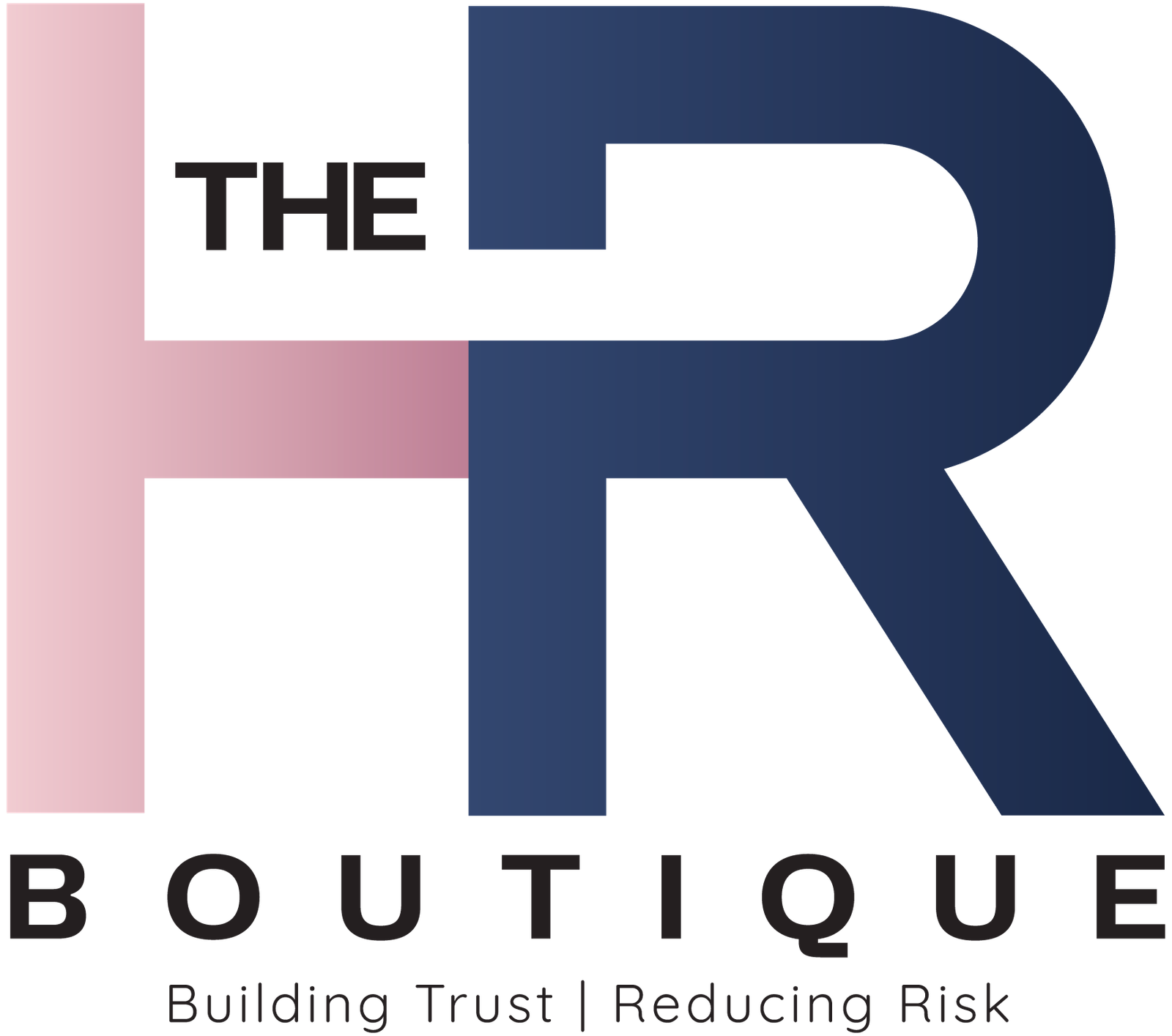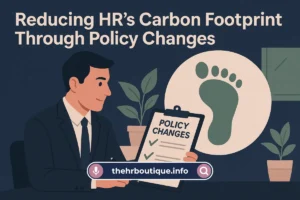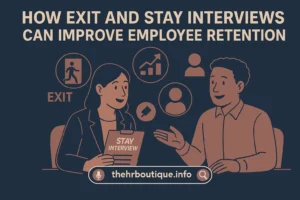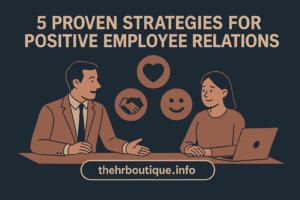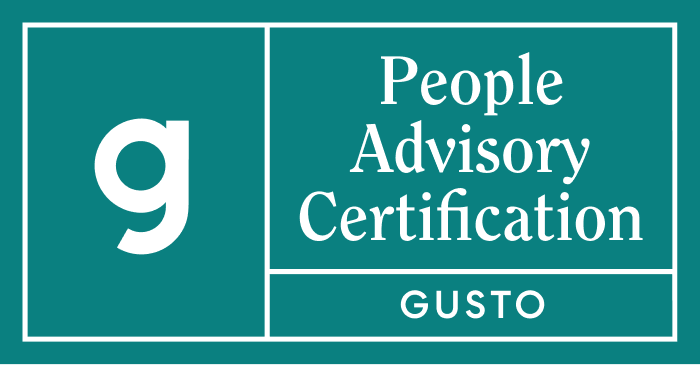Let me tell you about a client I worked with last year. They were growing fast – hiring like crazy, revenues climbing – but behind the scenes? Absolute chaos. Departments were stealing talent from each other, new hires kept quitting within months, and leadership was constantly putting out fires. The problem? They had no HR plan of action.
An HR plan isn’t just some document that collects dust in a filing cabinet. It’s your playbook for building and keeping an amazing workforce. Think of it like this: if your business strategy is where you’re going, your HR plan is how you’ll get there with the right people in the right seats.
Why Bother With an HR Plan? (The Cold Hard Truth)
Most companies wing it when it comes to HR. They hire reactively, train sporadically, and cross their fingers that turnover stays low. But here’s what that approach costs you:
- Money: Replacing an employee costs 6-9 months of their salary on average.
- Productivity: Constant turnover means constant ramp-up time.
- Morale: Nothing kills team spirit like revolving door staffing.
- Growth: You can’t scale without the right people strategy.
I’ve seen $50M companies nearly stall out because they outgrew their people systems. Don’t let that be you.
The 6 Must-Have Sections of Your HR Plan
1. Workforce Planning: Who Do You Need and When?
This is where you get crystal clear about:
- Current staffing gaps (be honest – where are you stretched too thin?)
- Future hiring needs tied to business goals.
- Skills your team is missing (that AI expertise everyone suddenly needs)
Pro Tip: Map this out quarterly – the market moves too fast for annual plans.
2. Recruitment Strategy: How Will You Attract Top Talent?
Gone are the days of just posting on Indeed and hoping. Your plan needs:
- Employer branding (why would top picks choose you over competitors?)
- Sourcing channels (LinkedIn? Employee referrals? Niche job boards?)
- Interview process (how many rounds? Skills assessments?)
War Story: We helped a tech firm cut hiring time by 40% just by reworking their interview process.
3. Onboarding That Actually Works
Most onboarding is terrible. Yours shouldn’t be. Plan for:
- First week structure (no “here’s your laptop, good luck” nonsense).
- 30/60/90 day checkpoints.
- Mentor pairings.
Stat That’ll Shock You: Employees who go through structured onboarding are 58% more likely to stay 3+ years.
4. Employee Development (Beyond the Annual Training Video)
If you’re not growing your people, they’ll leave. Your plan should include:
- Skills gap analysis.
- Training programs that people actually want to attend.
- Career pathing (how do high performers advance?)
Real Talk: The #1 reason employees leave? Lack of development opportunities.
5. Retention Plan: Keeping Your Best People
This is where most plans fall short. You need:
- Stay interviews (not just exit interviews).
- Recognition programs that aren’t cheesy.
- Competitive compensation analysis (at least annually).
Clever Trick: One client reduced turnover by 25% just by implementing quarterly career conversations.
6. Compliance & Risk Management
The boring-but-critical stuff:
- Policy updates (remote work, DEI, etc.).
- Legal compliance checklist.
- Contingency planning (what if half your team gets poached?)
How to Actually Implement This? (Without It Collecting Dust)
Here’s the dirty secret – most HR plans fail at execution. Avoid this with:
1. Assign Clear Owners
Every piece needs someone accountable. Not “HR” – actual names.
2. Set Quarterly HR Goals
Tie them to business objectives like you would sales targets.
3. Review Monthly
Put HR metrics in your leadership dashboards.
4. Keep It Flexible
Your plan should evolve as your business does.
The ROI You Can Expect
Companies with strong HR plans see:
- 40% lower turnover.
- 30% faster hiring for critical roles.
- 25% higher employee productivity.
But more importantly? They sleep better at night knowing their people strategy isn’t held together with duct tape and hope.
Final Thoughts
- Assess your current state – Where are the biggest people gaps?
- Pick one area to improve first – Usually recruitment or retention.
- Schedule quarterly HR strategy sessions – Treat this like financial planning.
Remember – your people are your competitive advantage. A solid HR plan makes sure you keep (and grow) that advantage.
Need a reality check on your current HR strategy? Grab our free assessment template below – it’ll show you exactly where your people ops need work.
What’s the biggest HR challenge you’re facing right now? Hiring? Retention? Leadership development? Share below – I’ll give you my no-BS take on how to tackle it.
